Automatically detecting and adopting your MIDI clip length, selection, and quantization settings, each voice can even be expressed through a particular rhythm, generating on — or avoiding — specific beats using the count settings. Density determines how talkative each voice can be, while the central weight dial controls which voice dominates — and if so, by how much.
Base velocity combines with randomization and global deviation to make each voice more lively, while length control and randomization express your voices even more distinctively — with note probability to provide even more dynamic results.
Ideal for bass lines, melodic developments, percussive patterns, or any musical opportunity for call and response, Converser is designed to help your music speak. Scale aware, theme adaptive, and Info View annotated, this creative MIDI Tool Generator is designed to seamlessly enhance your creativity.


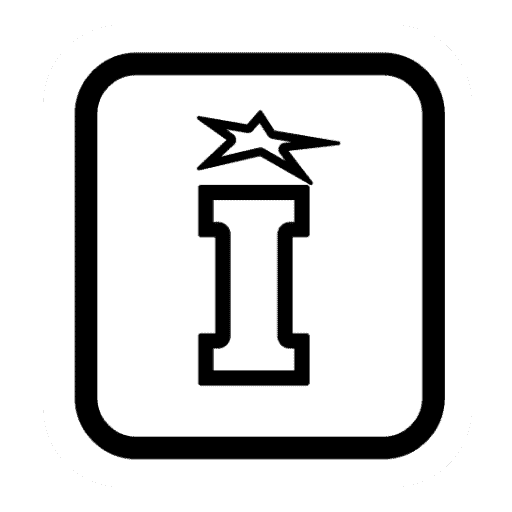












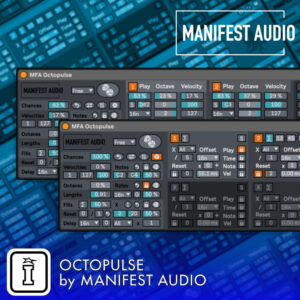
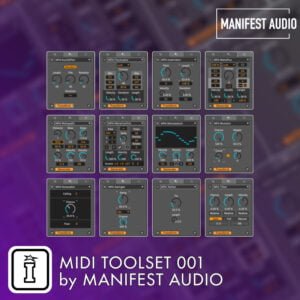
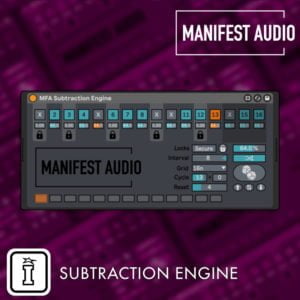
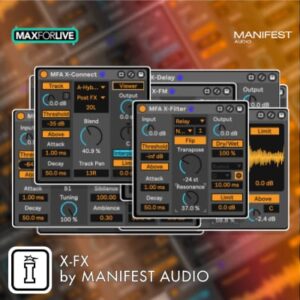
Velazquez –
Another pack to improve your MIDI ideas
Very useful, I like the way this pack recreate modular ideas
Thanks a lot